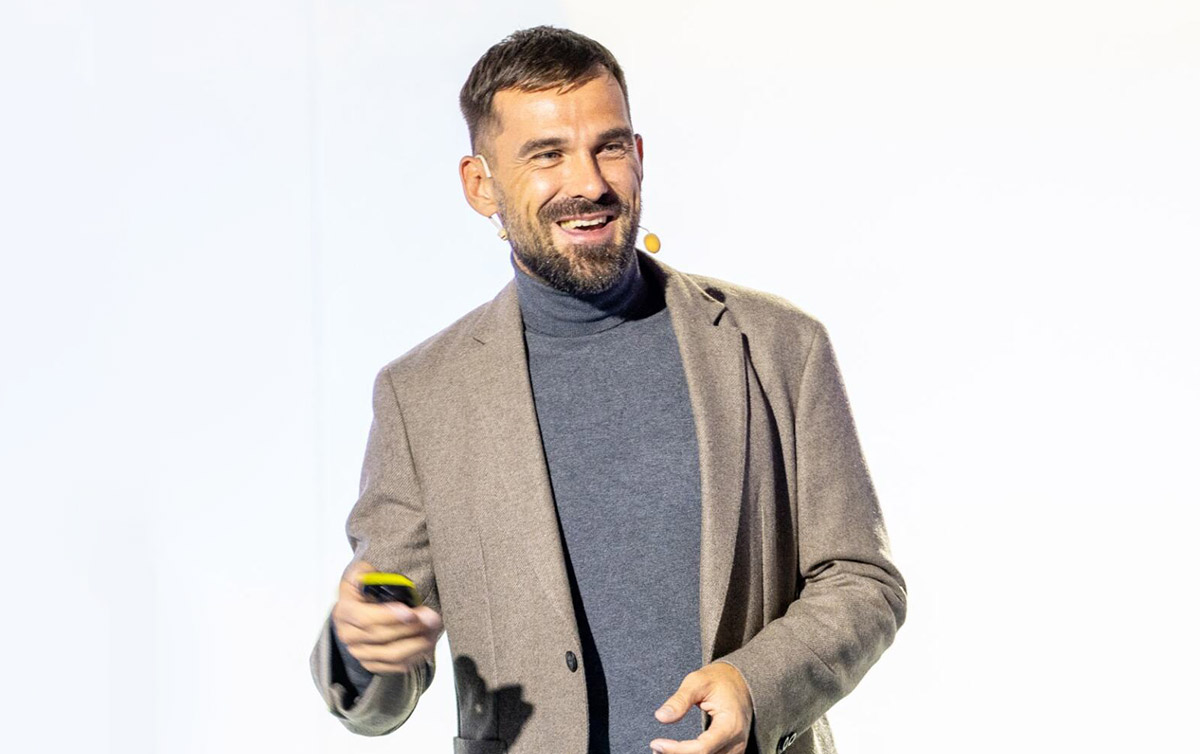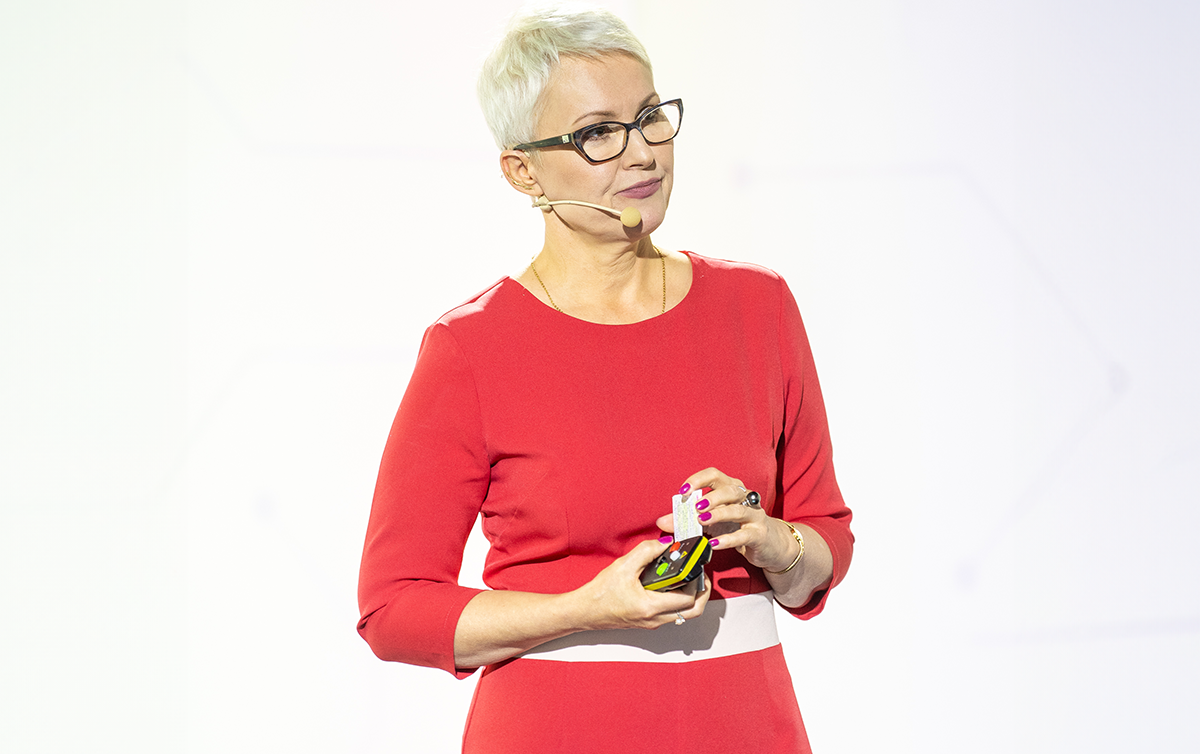“Planning and implementation of optimal digital solutions for a business must be driven by a thorough understanding of its needs and the nature of employee responsibilities. Without examining such factors, we will not be able to plan digitalisation with benefits in mind”, says Paweł Kornosz, Managing Director for Cafeteria Platforms at Benefit Systems SA. “The digital transformation process itself should start with building trust for the technological change in HR staff, so that they do not feel ‘lost in the system’”, he adds.
What is digital employee experience and how to build it at company level?
Paweł Kornosz: Digital employee experience encompasses every aspect of an employee’s interactions with technology within a business. Its high level indicates that the employee is skilled and efficient in applying technology in their day-to-day tasks.
Paradoxically, companies where the digitalisation process is not advanced may be more challenged by technology than those organisations where high-performing IT systems are in place. Why is that? Because we tend to notice and overestimate difficulties.
Experiences that involve any extra effort, require us to commit resources, repeat the same step multiple times, or obtain help from an outsider, tend to linger in our memories longer than positive ones. Our reaction to them is also stronger when we recall them.
It is important to keep this in mind, because from the perspective of building satisfaction, one should nurture positive experiences as well as minimise the risk of negative and frustrating experiences that cause users to feel ‘lost in the system’.
Digitalisation, as a global trend, is making its way into HR departments. What are the key benefits of digitalisation in this area?
According to an external report, we waste up to 38 minutes every day by switching between windows in our systems. In my opinion, the biggest benefit of digitalisation is that it saves time and reduces the potential frustration that can be experienced by employees in their daily work. Digitisation of HR processes is a real way to improve the experience and comfort of teams, and this leads to lower turnover, improved performance, and higher indicators of satisfaction with one’s responsibilities.
How do Polish businesses compare to Western companies in terms of the rate and intensity of digitalisation?
As far as technology is concerned, Poland is an extremely receptive and open market. As a result, we outperform Western European countries in many aspects of digitalisation. We are willing to use solutions that save our time and allow us to achieve our goals in a simple way – for instance, in the context of managing daily employee affairs.
The banking sector, which has been going digital in Poland at a fast pace, has certainly contributed a lot to shaping positive attitudes and building trust in technology. Using digital financial solutions on a daily basis, we get used to new technologies and discern the meaningful benefits they bring.
On the other hand, many businesses are only now planning to adopt digital tools in their HR departments. How can we prepare them for the digital transformation process? Digitalisation of processes and implementation of digital HR tools generate a variety of concerns. Addressing them is therefore a significant challenge from an implementation planning perspective. This means that the transformation process must begin by building trust among HR professionals for the impending technological change. It is not that difficult to start up the pathways for this, in the technical sense. Concerns about prolonged integration and the need to commit massive IT resources tend to stem from negative past experiences. Today’s solutions can usually be implemented with relative ease. For illustration, sometimes the process of signing a contract takes longer than the technological activities and system integration launch.
What should be the first step toward HR digitalisation?
The digitalisation plan for an HR department depends on the sophistication of the new solutions chosen by the business. Even some basic digitalisation steps can truly improve employee experience and enhance performance in daily operational tasks. Planning for implementation and selection of optimal digital solutions for a business must be driven by a thorough understanding of its needs and the nature of employee responsibilities. Some of them are common to all types of organisations. Other may be specific to the company: its industry, working time arrangements, corporate culture, and any unwritten customs in place.
Without a thorough examination of these factors, it is not possible to plan digitalisation with a view to potential benefits and improving the company’s key indicators. The biggest barriers to planning digital activities are people’s attitudes and fears about change. In my opinion, working on attitudes should be an important step on the digitalisation journey.
Digitalisation goes hand in hand with the issue of data security. How to address this need?
The benefits of digitalisation include improved data security and easier storage. Adoption of a technology supporting enhanced security, efficient access management across levels, and educational activities within target groups will all help take care of this issue.
By developing a technology base, you can leverage market-recognised data encryption standards and integrate tools from cloud providers with solutions delivered by in-house teams. Such measures guarantee secure storage of encrypted data.
How can advanced technologies support business processes, such as recruitment?
Recruitment is a strategically important step for building a positive experience with a company. At the same time, the recruitment process can naturally be accompanied by confusion with procedures, stress, and a multitude of questions. When properly designed and implemented, advanced tools help automate some of the paths and minimise the risk of error. In addition, they provide candidates with easier access to information about deadlines, feedback, next interview steps, or any required submissions.
A number of AI-driven solutions were showcased at this year’s UNLEASH World conference in Paris. Part of the focus was on enhancing recruitment processes. Ultimately, the best technology competition for startups was won by a solution that simplifies the collection of CVs from the younger generation and employees who struggle with writing their CVs.
The technology allows recruiters to have a video conversation with the candidate. During this ‘technology-powered meeting’, the candidate receives questions and answers them on the fly. The system offers speech-to-text transcription and stores the conversations for ease of processing and analysis.
The fear of technology has many faces. In theory, digitalisation could result in HR processes being perceived solely as technological, lacking the human touch. What can be done to handle such concerns?
The source of ideas and the driving force behind technology should be people, the emotions they feel when engaging with digital solutions, and the needs they articulate. The key is to realise and make those directly involved in the digitalisation planning process aware that digitalisation of HR pathways does not reduce employee-HR interactions to a merely technical level. It is simply an effective tool on the journey to building rewarding relationships.
Who within a business should make HR staff aware of the need for digitalisation?
Using the hard and technical IT language when talking to HR professionals, who are emotions- and human needs-oriented, does not make sense, because it does not generate trust. Digitalisation should take place across multiple dimensions: technology, education, communication, etc., hence it is important to include champions in the planning and implementation of digital activities.
‘A digital champion’ in this process is a person who understands the benefits of digitalisation, is experienced in working with human needs, and is a skilled communicator. In practice, this is often the HRO or HRBP, who are close to employees and understand the challenges they face.





















